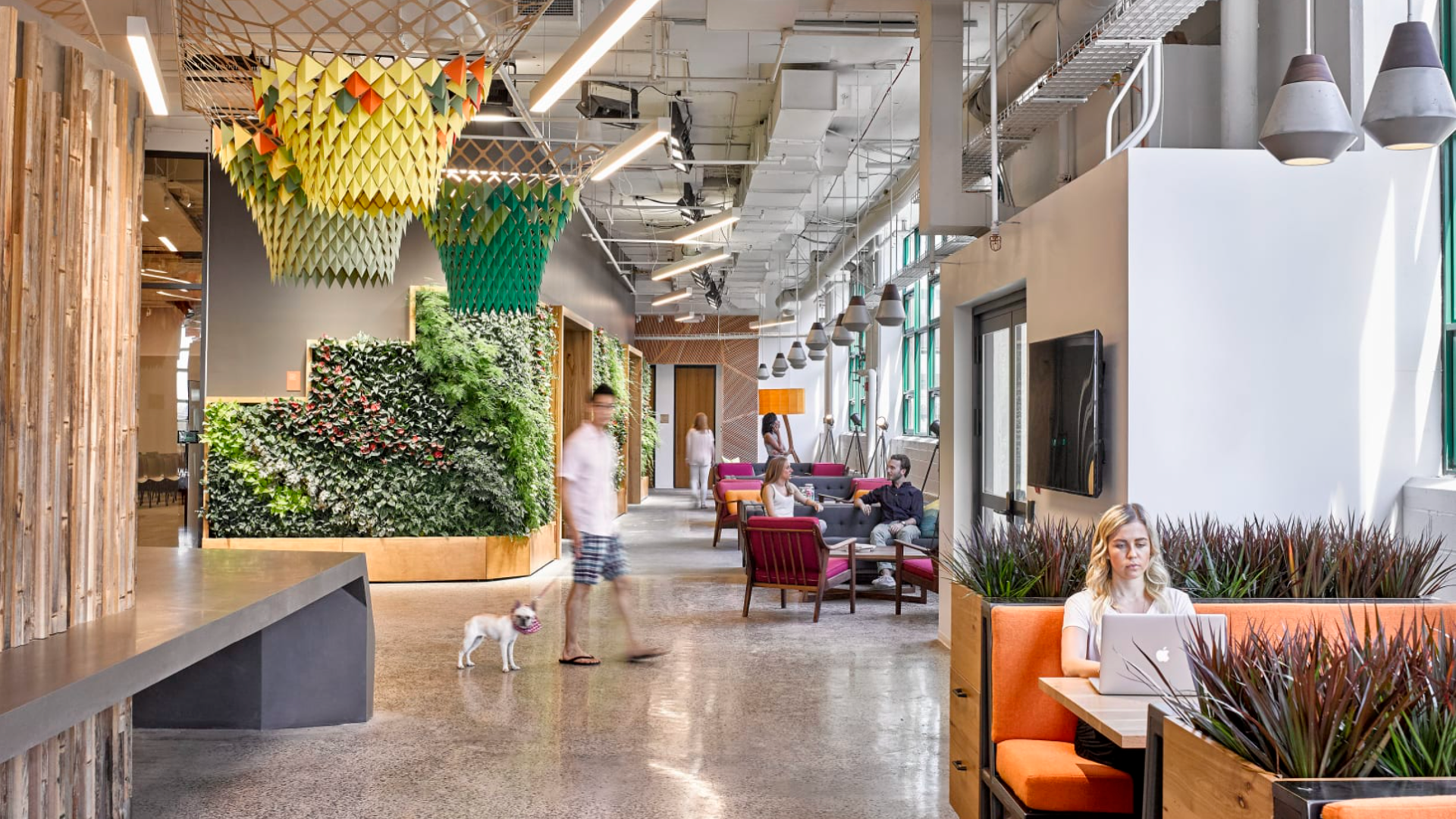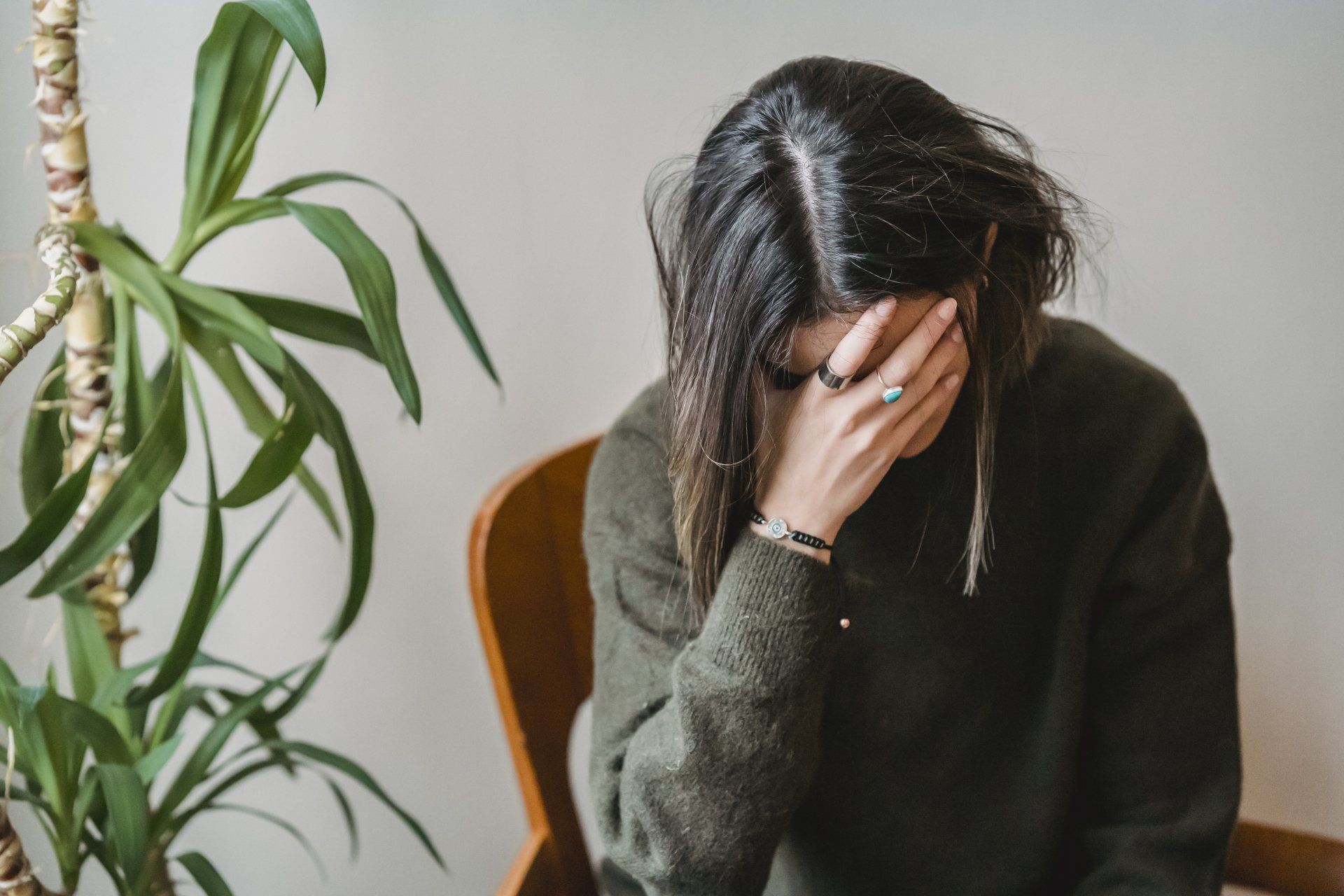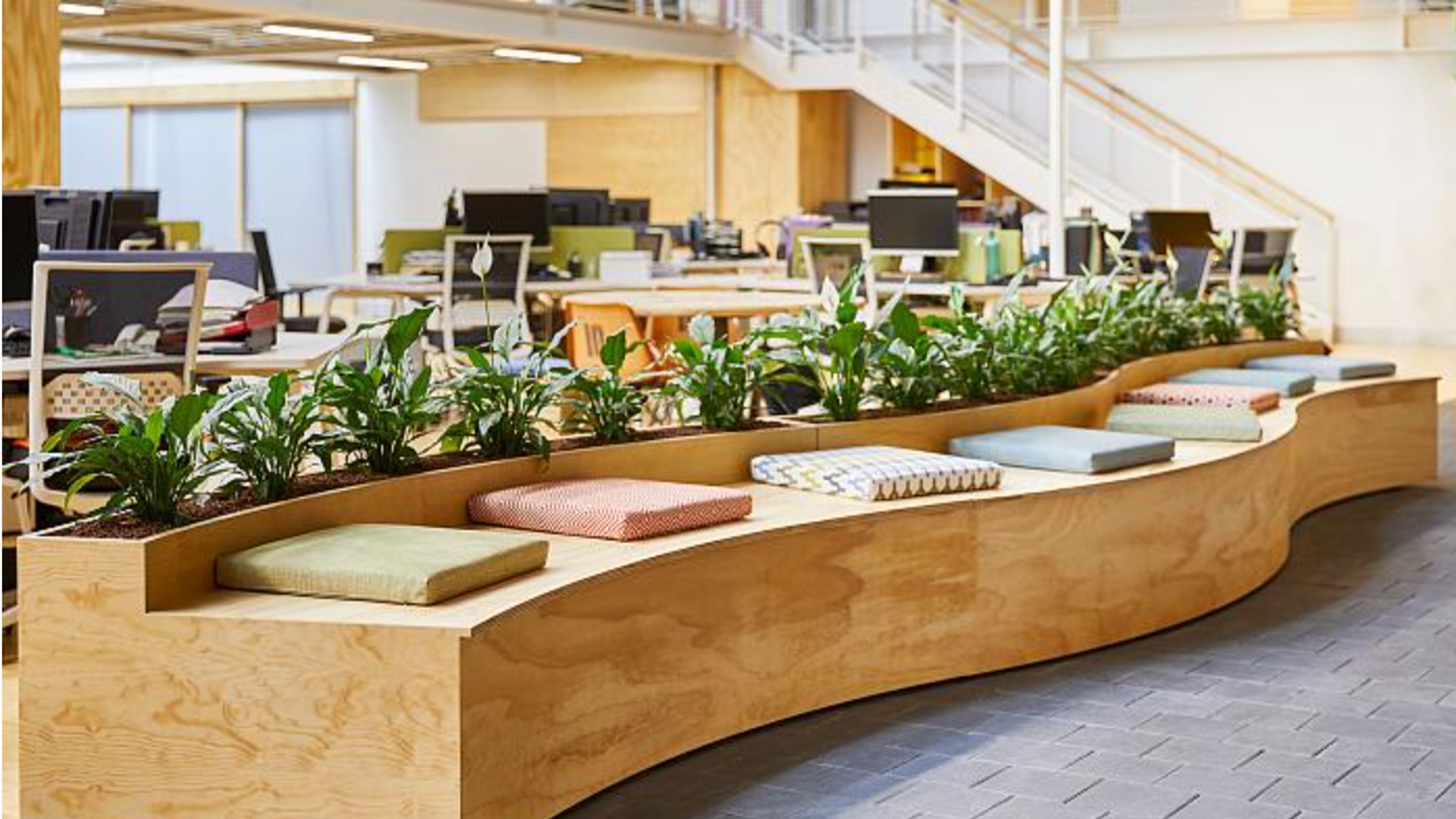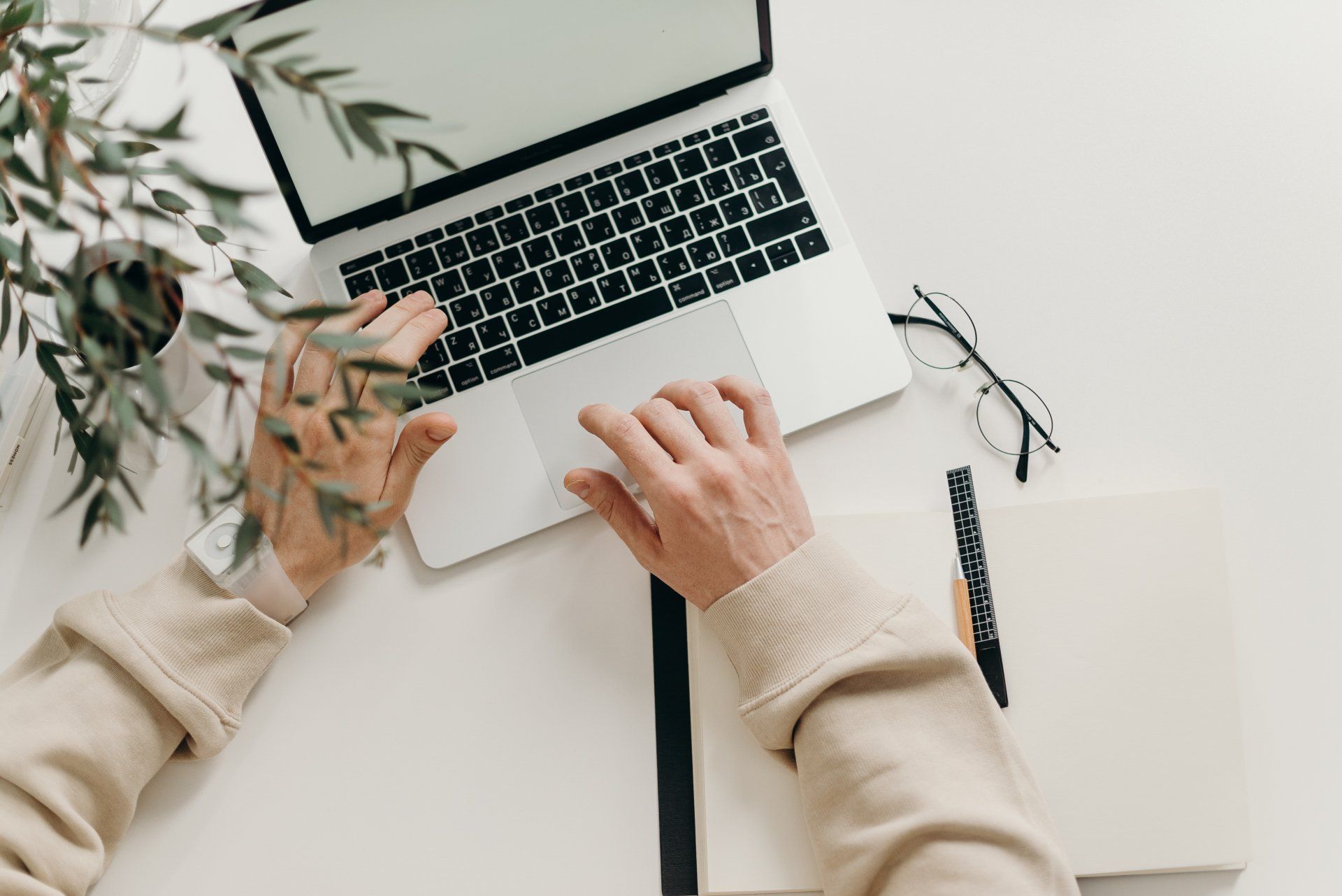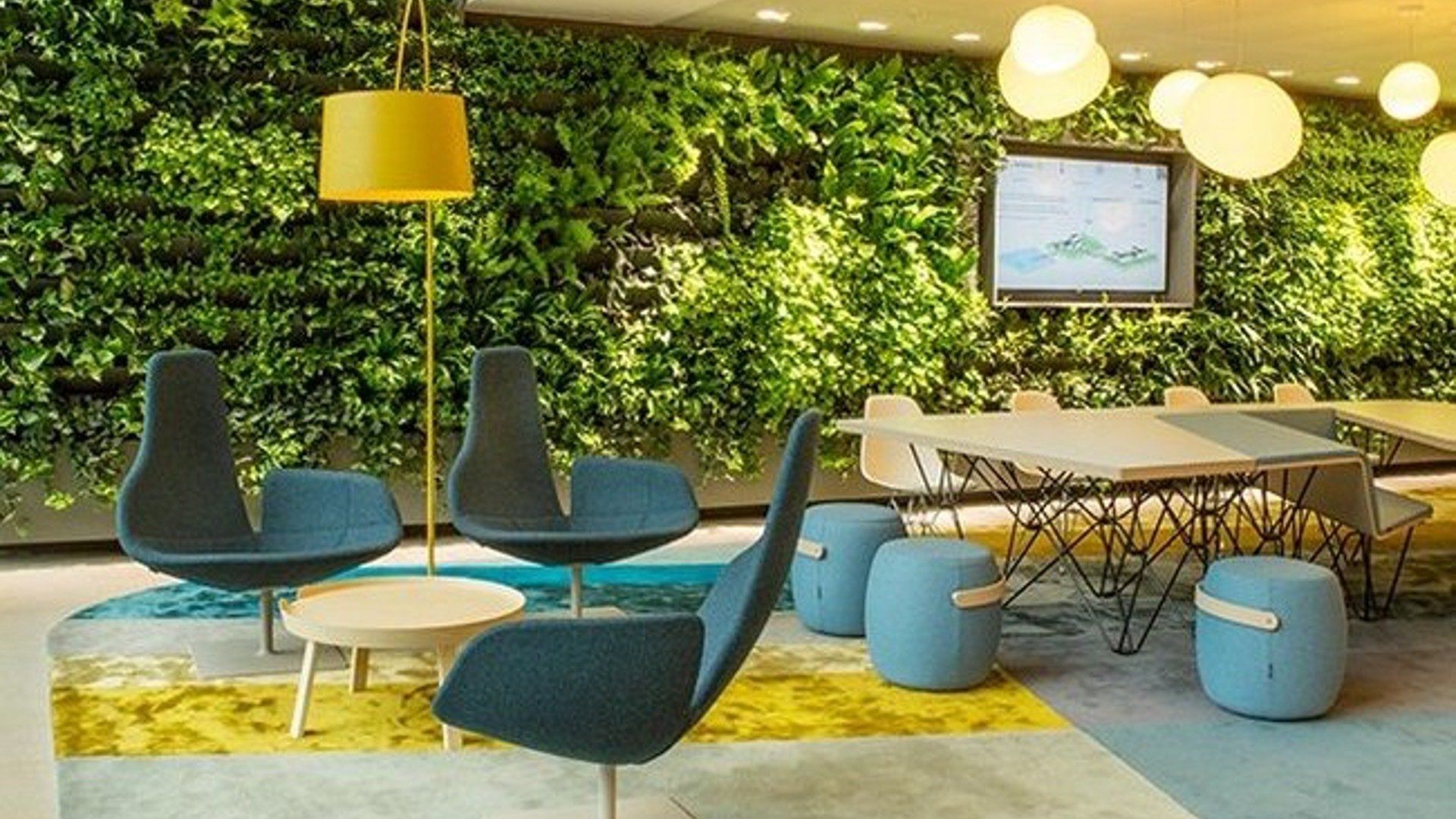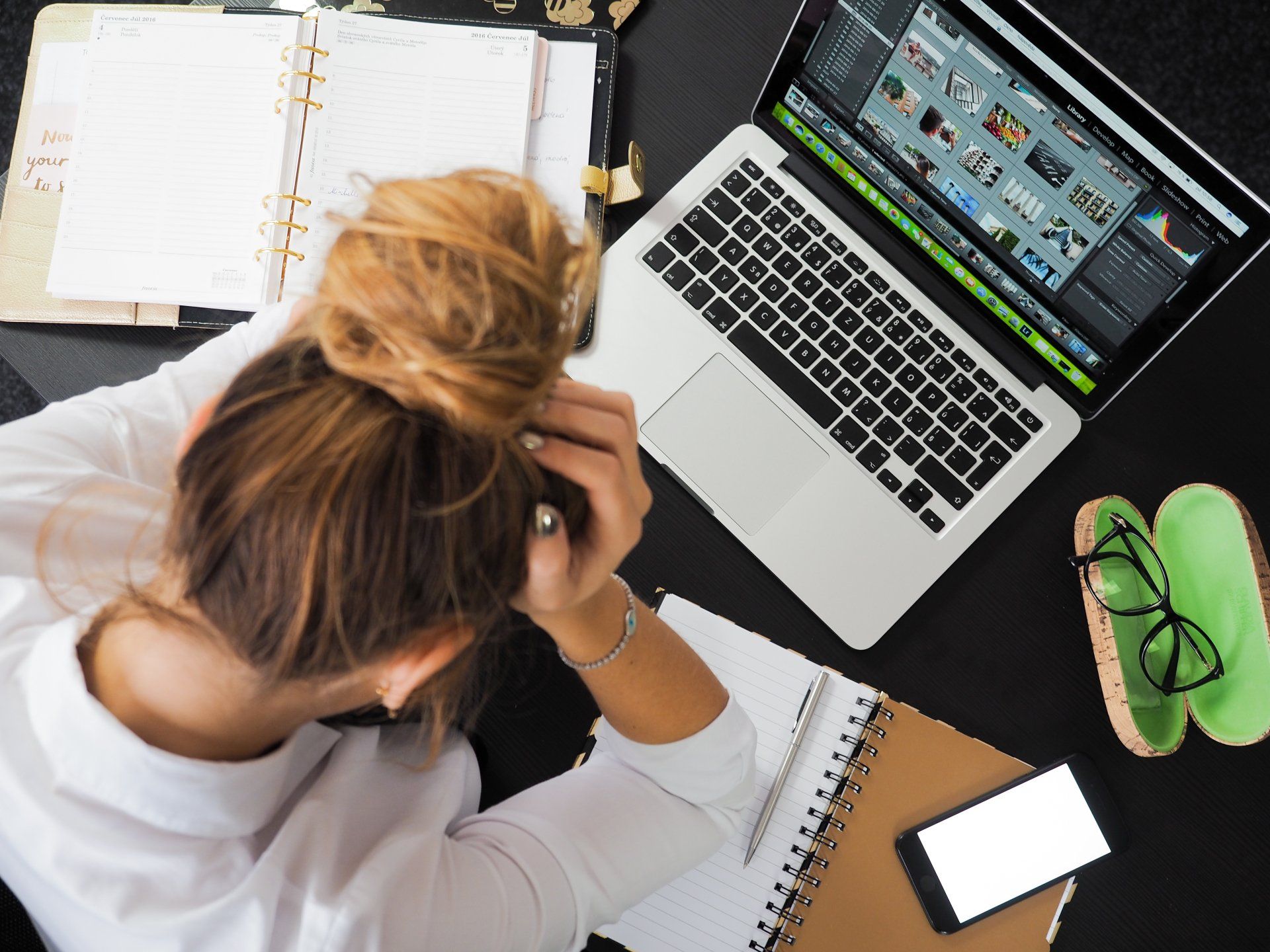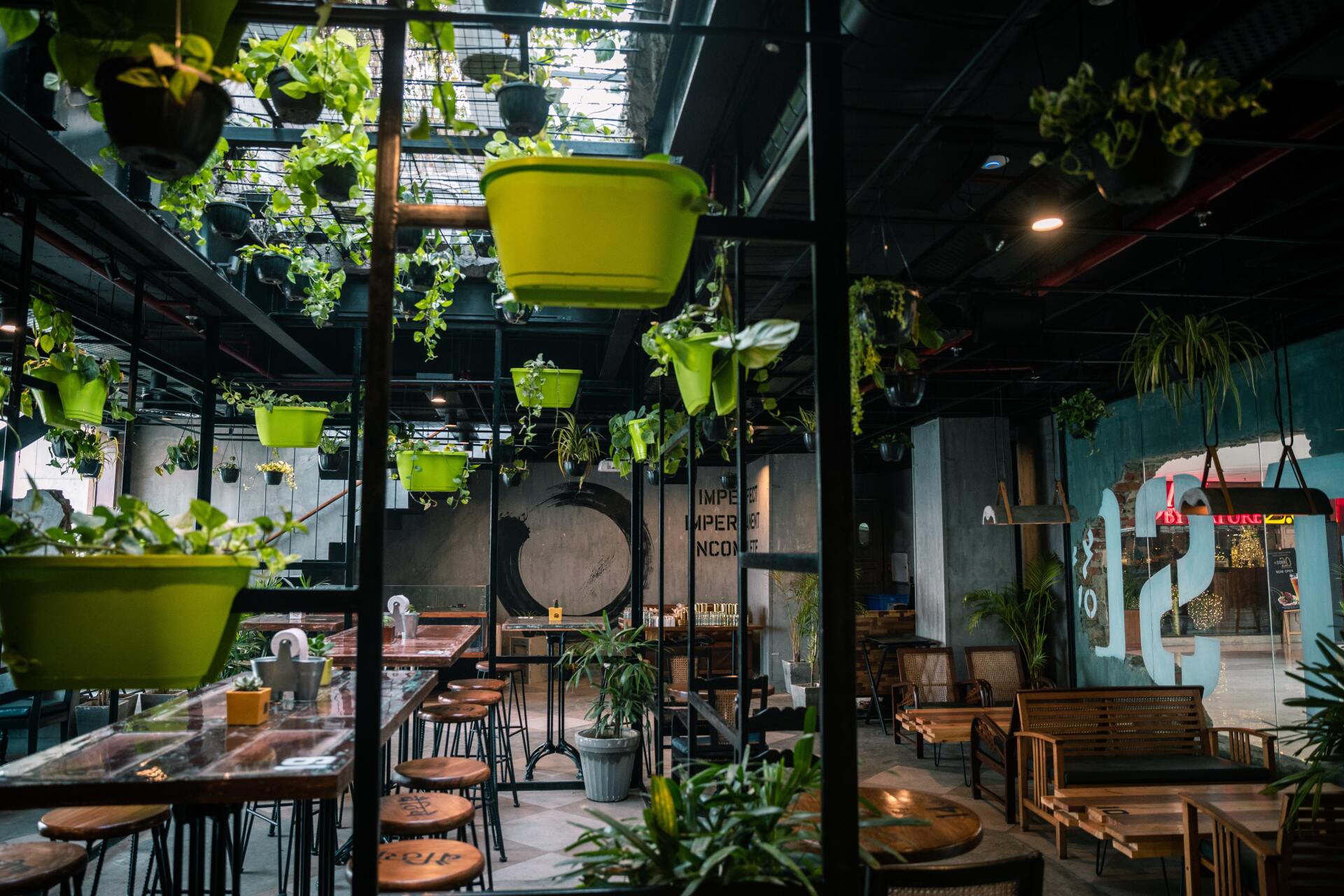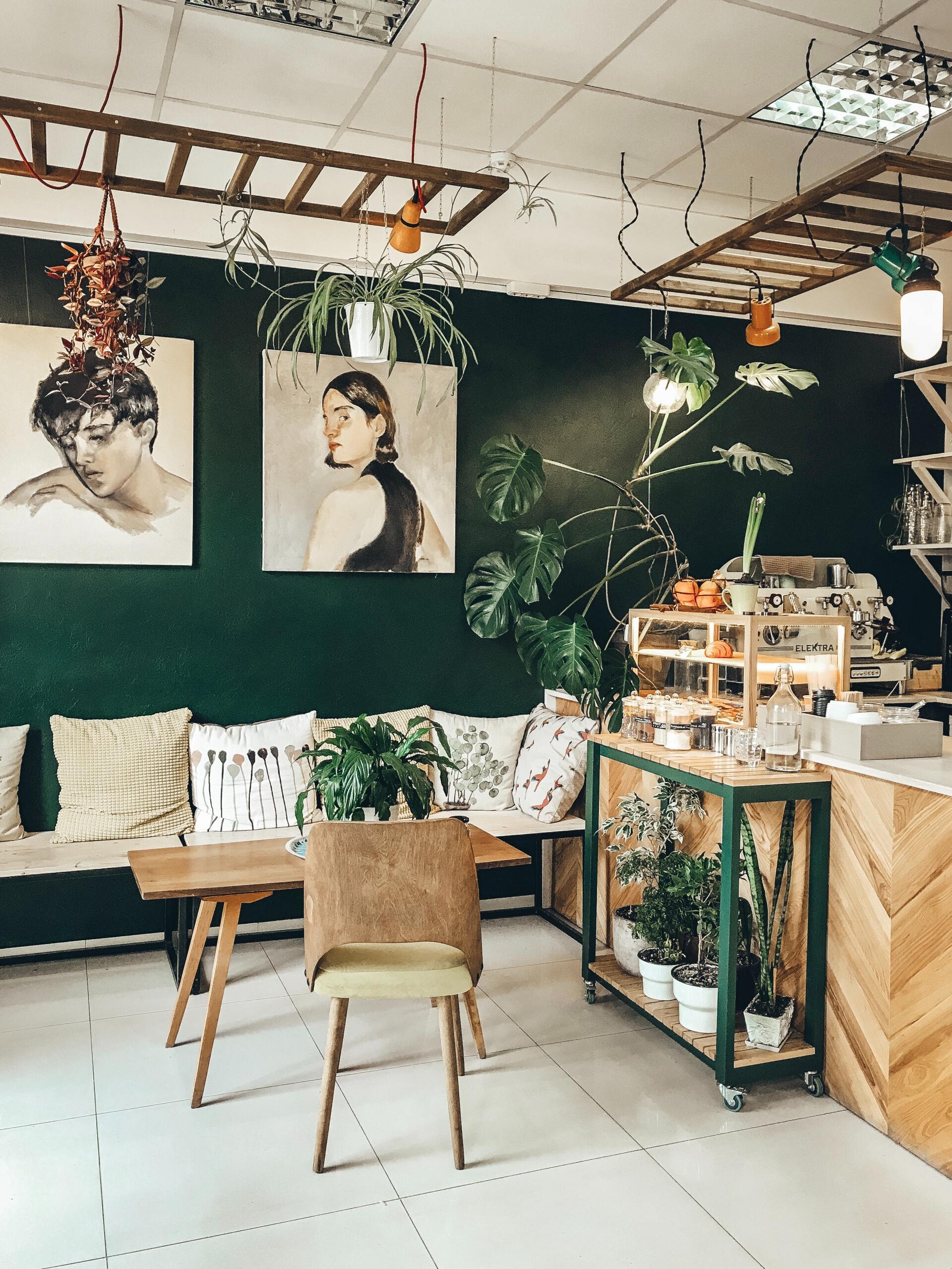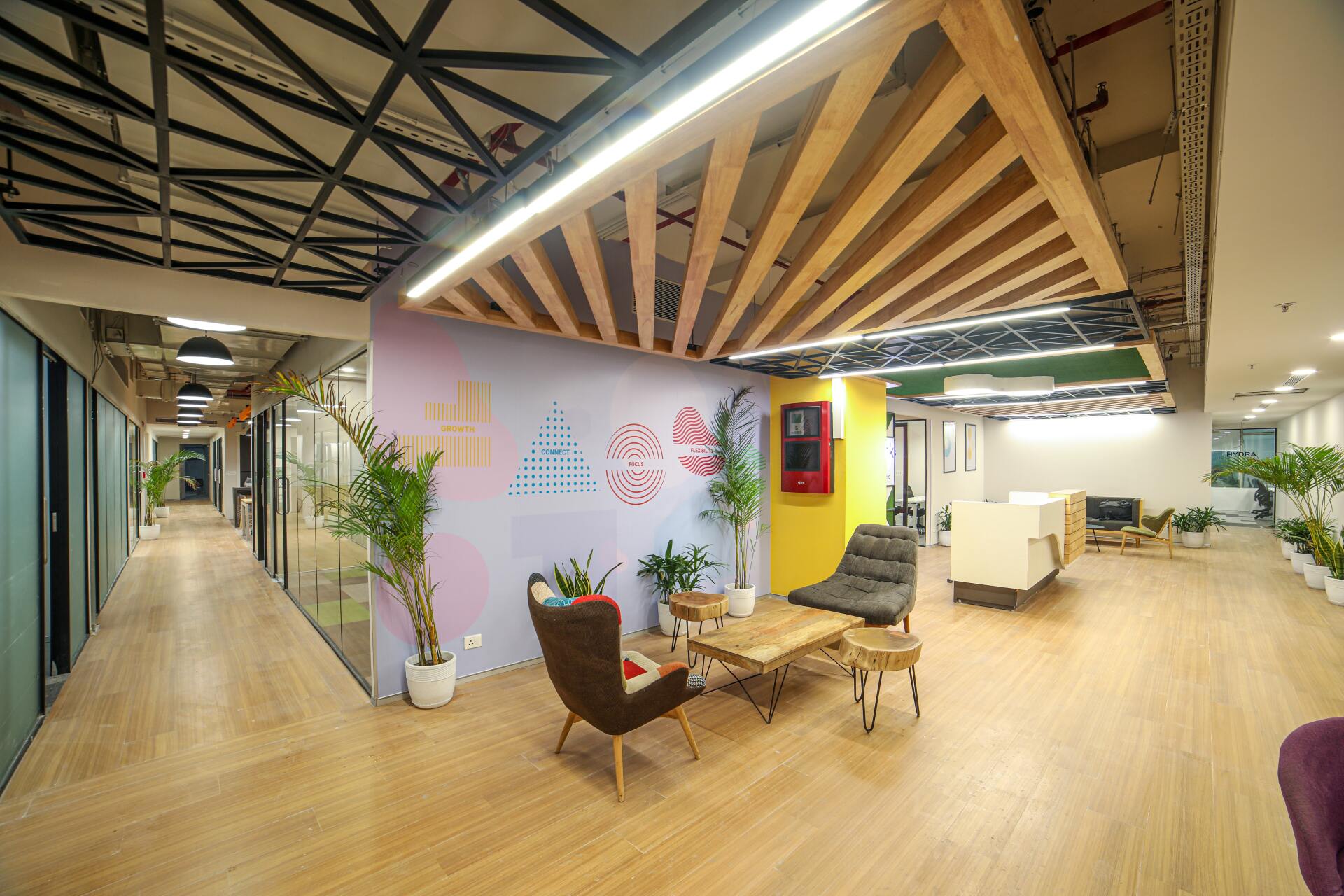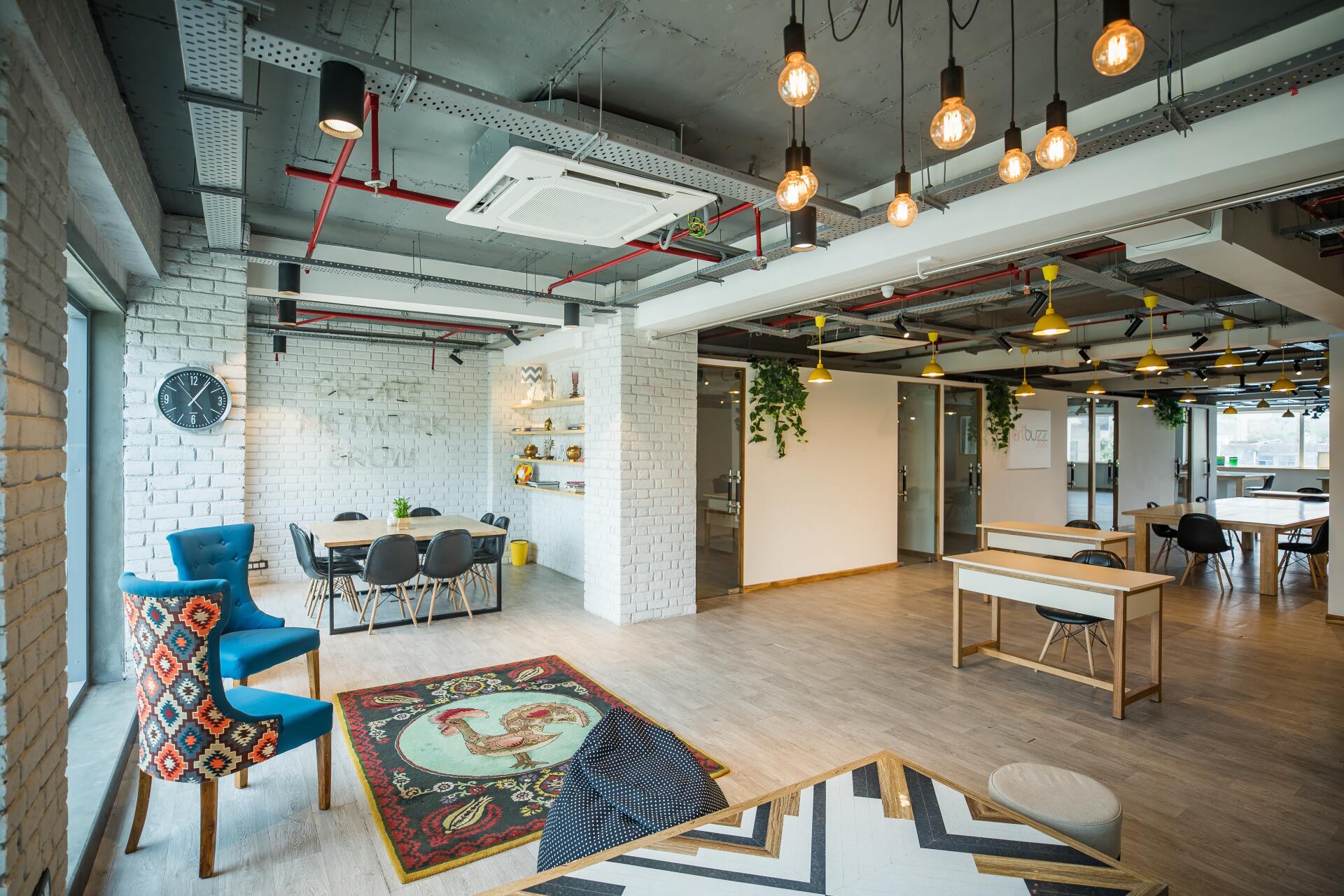Contact us:
+34 664 192 980
info@habitarmonia.eu
Enhancing Health, Comfort, Wellbeing and Performance
for the People by taking care of our Planet
With our services your company and staff will...
Reduce absenteeism
Biophilic Design reduces absenteeism by 15%
As residential interior design experts in Wellbeing Design, we have seen the evolution to more "homely" looking workspaces. At Habitarmonia, we recognise how our designs can promote productivity, increase creativity, and promote wellbeing in the working spaces.
In addition, the post-pandemic return to work has inspired us to expand to working environments. There are many challenges around how to return to work – how soon, how often, and how to encourage it.
But there seems to be a gap in recognising the emotional impact of returning to work after the unprecedented changes we have all experienced. We know from many research that emotional resilience is low post-pandemic. This is a challenge we love to embrace with our projects.
Evidence and Research-Based
Design
As an evidence-based interior design and wellness design consultancy practice, we work with our clients to deliver spaces that improve occupant wellbeing, health and project-specific outcomes.
As such, we work with the client and with financial, human resources and FM managers, as well as the building users themselves, to build a complete picture. One size does not fit all and our mission is to find what is right for each of our clients. To do this, a pre- and post-occupancy assessment is important.
We observe and analyse existing spaces, gathering quantitative and qualitative evidence in order to better understand existing spatial and human opportunities. This helps us ensure that we develop a brief that will meet the requirements of the client and the people using the space, improving outcomes for people, performance and the planet.
The top three benefits for organisations:
Attracting new talent
Working places which wellbeing is supported. A recent study spanning 31 countries found that workers are now 53% more likely to prioritise their health and wellbeing over their job.Attracting new talent will require employers to demonstrate that employees’ wellbeing is fundamental to their organisation.
Staff retention
The ‘great resignation’ saw 17% of employees across North America, Latin America, Asia-Pacific, Europe, Australia, and New Zealand leave their jobs in 2020, with 24% of people citing personal wellbeing and health as the reason for resigning. Wellbeing working spaces are an effective way of aligning offices with workers prioritising wellbeing, leading to better employee retention.
Staff Motivation
New employees taken on during the period of remote working haven’t had the chance to experience the culture of the office. By creating a positive and restorative work environment, that employees want to work in, those new to the organisation are more likely to feel like part of the workplace community, and in turn share common goals and a sense of purpose in their work.xv
With Biophilic Design we can help Working Spaces become Restorative
Visual stimulation
Our visual sense is the most dominant and so careful consideration is needed to get the stimulation level just right so that it doesn’t overwhelm
Adaptability
The baseline of sensory stimuli should be very low e.g. any colours, patterns, textures, scenting, and acoustics should be suitable for the most sensitive of users. Additional sensory elements should be controllable by the user, allowing a personalised experience.
Support mind-body connection
Creating options to lay down or move enables employees to occupy and use the space to suit their individual preferences i.e. using the floor space to stretch. Even better if the materials used within the space subtly stimulate the sense of touch, eliciting physical interactions.
OUR 4 STEP PROCESS
1. STUDY and ANALYSIS
Through a process of exploring and research we will identify the challenges in the working environment. With help of environmental psychology and existing research around wellbeing design, we will identify the objectives and draw a framework.
One of the focuses is to design workplaces with sensory (and therefore cognitive) wellbeing in mind. We focus on two main factors that that influence our response to sensory stimulation: Personality Types (and Sensory Types (information that enters our brain through our 7 senses).
Another focus is to obtain data of all economical and psychological aspects around absenteeism and presenteeism.
2. DESIGN, MANAGEMENT and COORDINATION of implementation
With the help of Environmental Psychology and Biophilic Design we will design the more suited solution to make the work environment thrive. All these will the result of what the first stage will tell us.
We are designing with the Senses in Mind.
We will create
sensory spaces, a
diversity of spaces and zoning spaces for different activities, with a combination of sensory stimuli which supports the
neurodiversity
of those using the spaces for both
focused and collaborative work.
3. TRAINING OF STAFF
Once implemented the design solutions, or before (depending on the project), a training programme around Wellbeing Design will be implemented in order to involve all stakeholders and users for a better understand and implementation-collaboration with the project.
4. MONITORING OF STAFF SATISFACTION
After one year of implementation, a new survey and monitoring will be carried out, in order to measure all the outcomes of the project. We care about results.
As Designers, we can create workplaces that support employees’ cognitive wellbeing by:
• Considering the full spectrum of human senses in our projects
• Generally reducing the amount of sensory distraction in the spaces we design
• Creating a choice of sensory landscapes within the workplaces we design
Research shows that ...
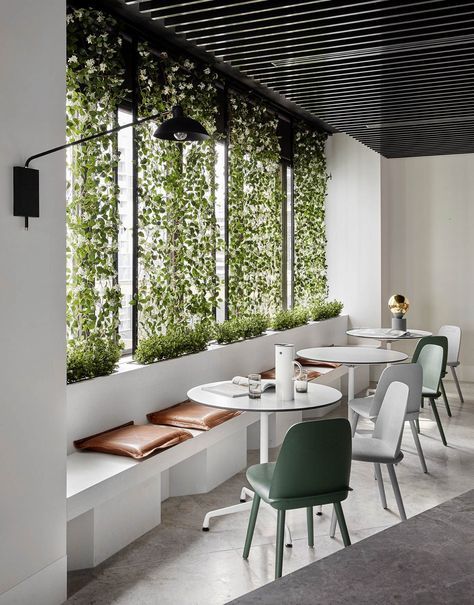
Applying Biophilic Design to offices leads to a
13%
improvement in wellbeing
Applying Biophilic Design to healthcare spaces has lead to a
22%
reduction in use of pain medication
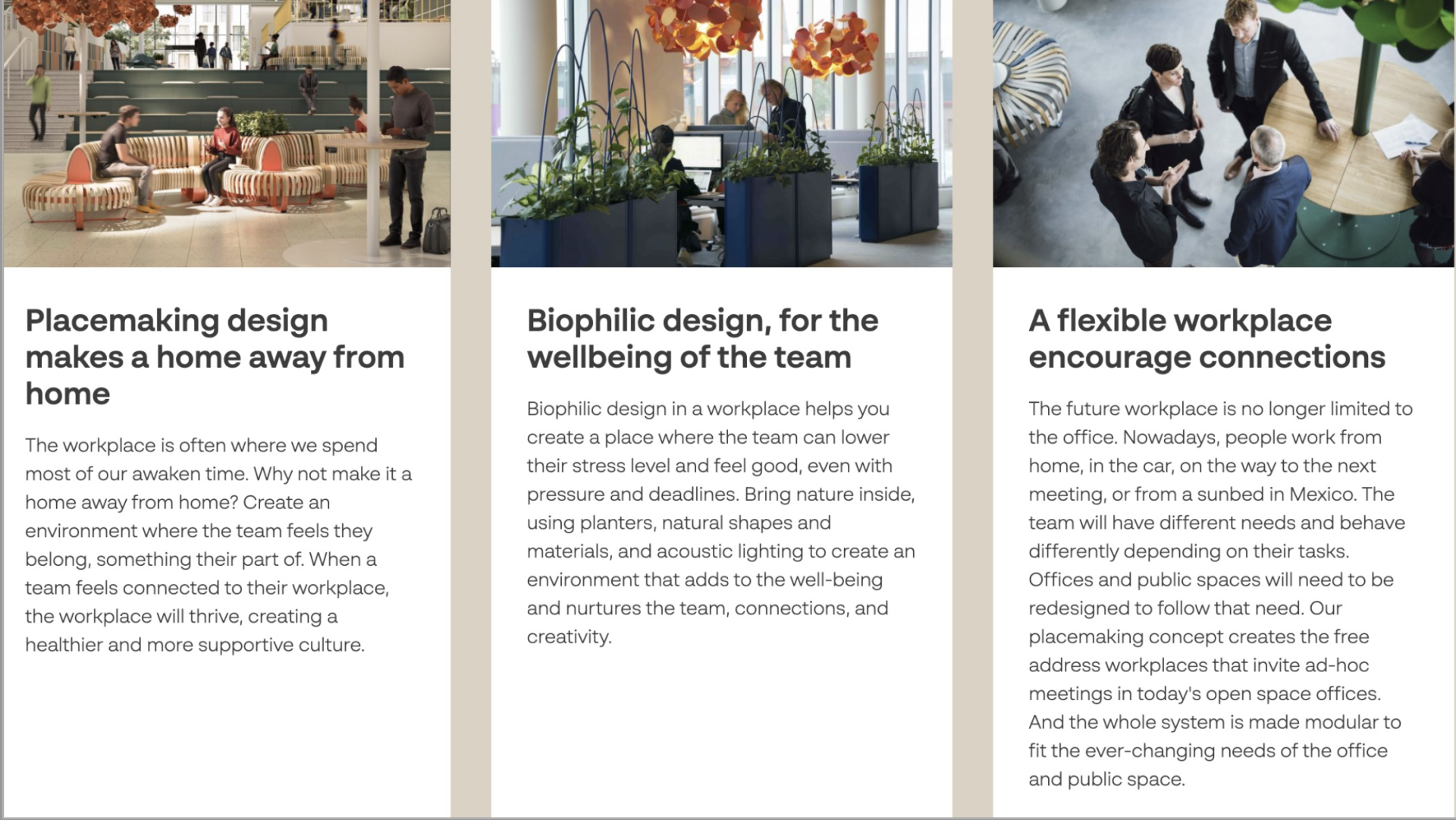
Committed with heart, soul
and joy
"We are very satisfied with the store design and implementation. Nuria is committed with heart, soul, and joy. Tears come out of her eyes when she sees that customers are so happy and satisfied with the end result!"
Betty Vercammen - SAVANNAH Belgium
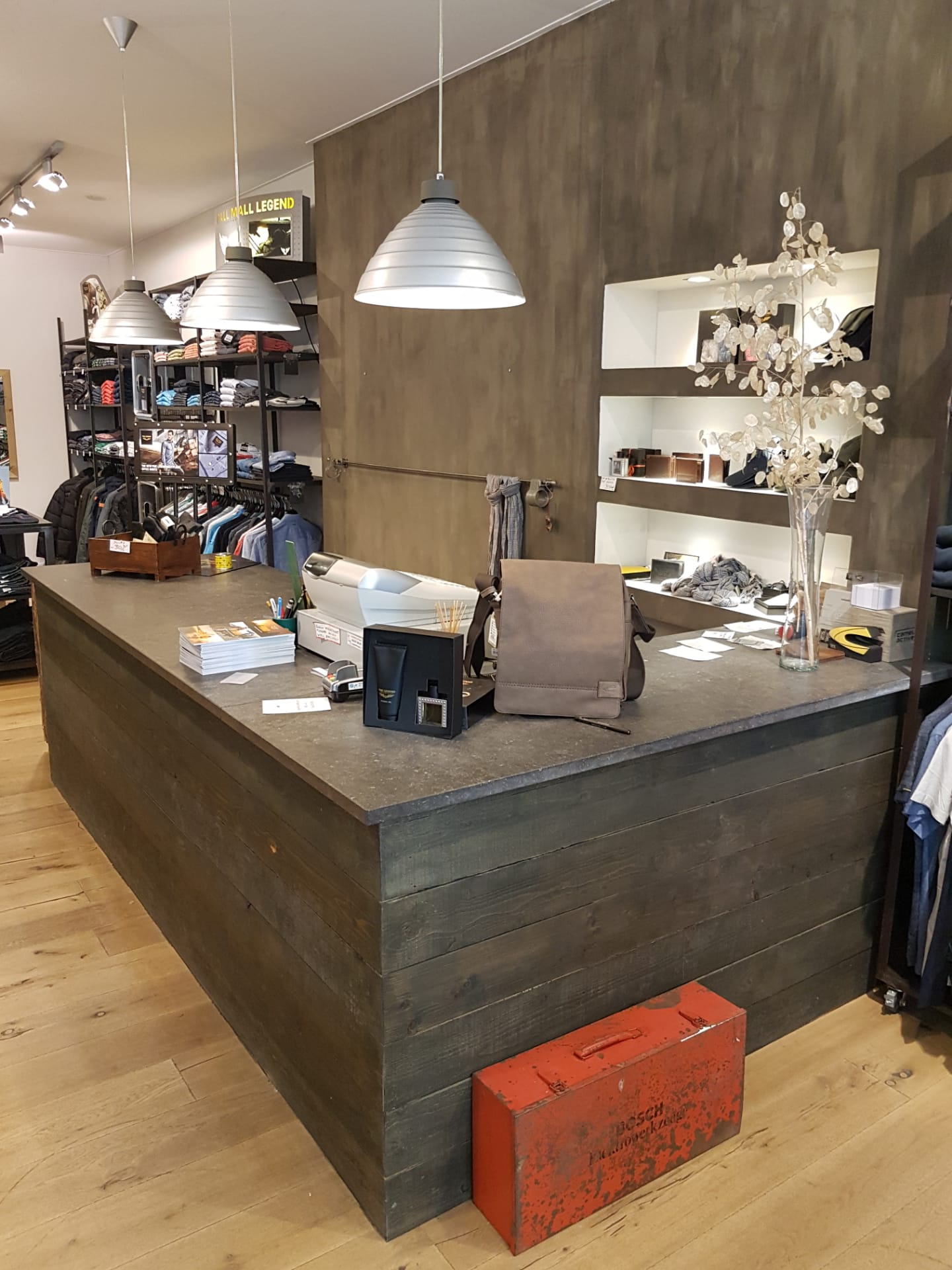
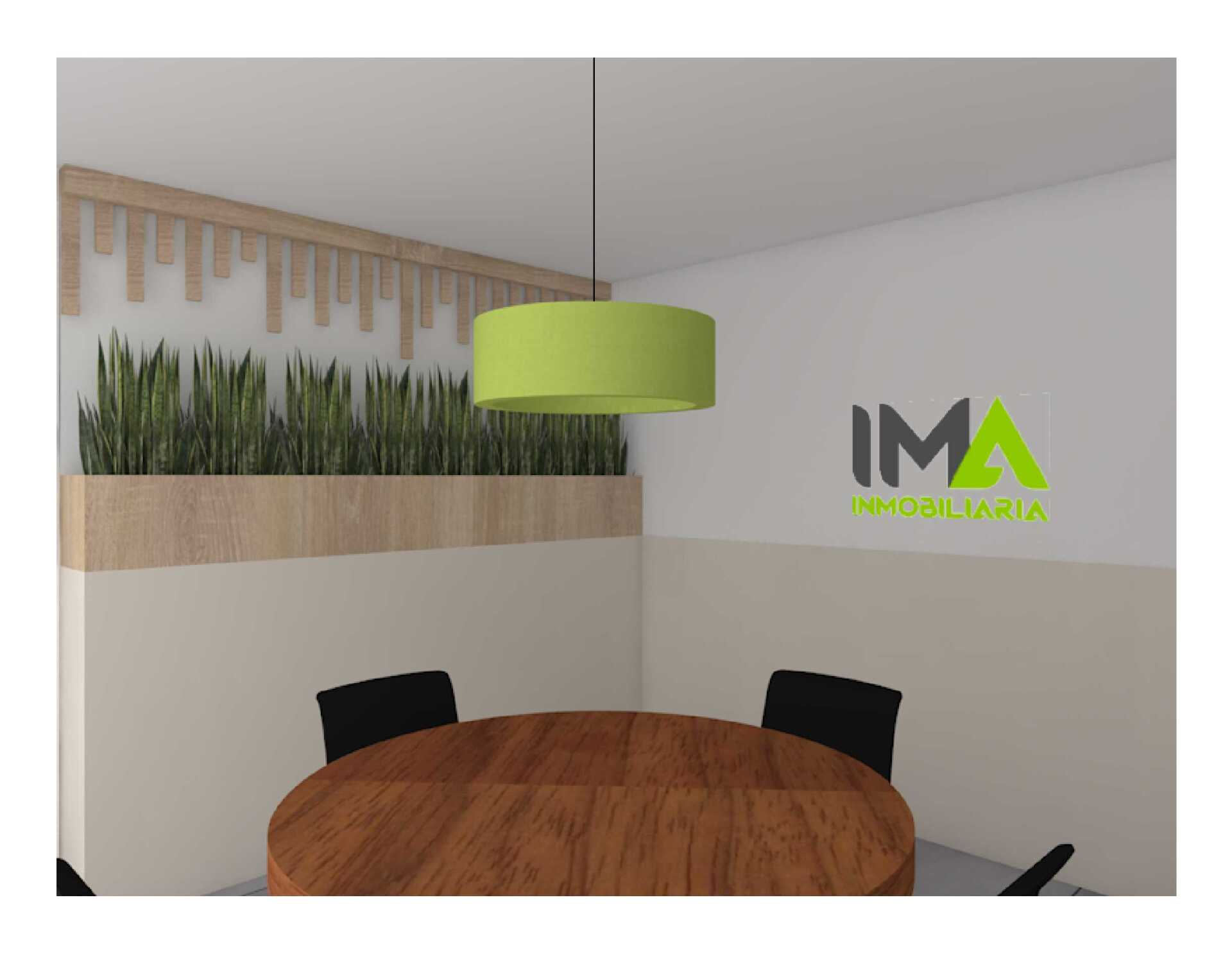
A new breath of life
"Nuria has given our office a new breath of life, we are fully satisfied with the work she has done. She has carried out the project very efficiently and has always taken our opinion into account. Nuria's experience and the pleasure with which she works is perceived from the first moment. We are very grateful and happy with our new office! We count on you for future projects!"
Ana Callart Real Estate IMA - L'Eliana Spain


